NOVA Air Scoop is an optimised air intake, which increases the internal wing pressure. NOVA's Air Scoop principle is similar to the ram-air inlet duct on a sports car: increased airflow produces higher pressure. Higher internal pressure in a paraglider means improved performance through increased structural stability and collapse resistance.
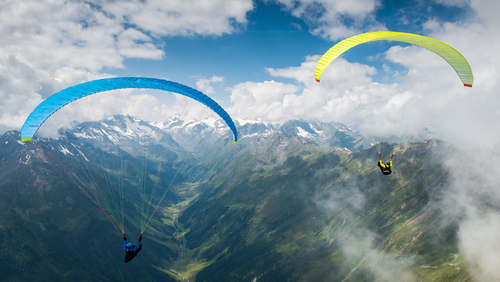
The next milestone. The MENTOR 1, 2 and 3 was outstanding in its class. The Mentor 4 is the continuation of our mission to make the best wing in its class. In comparison to its predecessor, its performance is better by half a glide point. The Mentor 4 offers everything an ambitious cross-country pilot desires: impressive performance combined with a high degree of passive safety. Numerous competition title wins and records are proof of the success of the Mentor design.
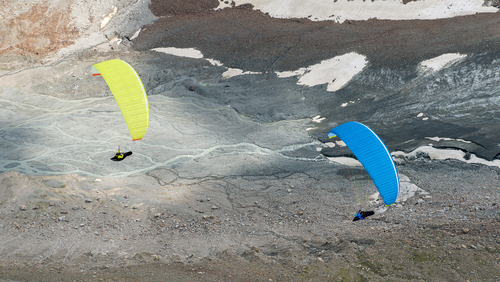
Optimised in every way. The MENTOR 4 was designed in co-operation with the cross-country pilots in the NOVA Pilots Team. The experience of cross-country hounds fed the development. Our designers and test pilots converted the input, and their own experience, into solutions. The results are improved roll dampening - particularly in accelerated flight - even more precise handling and a further improvement in the climb rate. The higher speed of the MENTOR 4 improves its efficiency against headwind.
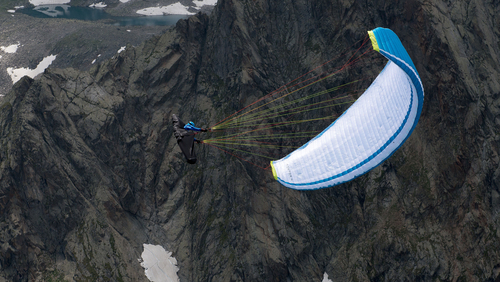
Lighter and even more durable. The MENTOR 4 is a weight-optimised wing: everything that is not exposed to a high mechanical load has been manufactured using moderately light material (Dominico 20D), except the profile nose which is made from abrasion resistant cloth. The result is a wing that is significantly lighter, but at the same time more durable, than its predecessor. A side effect of the reduced canopy weight is higher passive safety - and it is suitable for hike & fly.
Target group
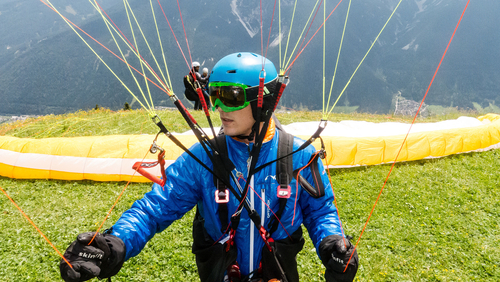
The MENTOR 4 is a paraglider with impressive performance which has - in the hands of an experienced pilot - a very manageable handling and extreme flight behaviour. Flying the MENTOR 4 does require a degree of skill. Although certified as EN B, the MENTOR 4 is not suitable for beginners and occasional pilots.
For queries about the suitability of the wing for you, your NOVA dealer will be happy to assist!
XXS size
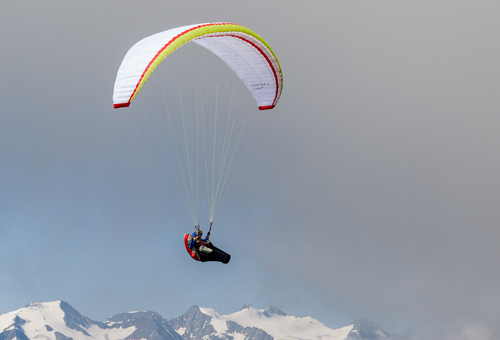
The MENTOR 4 XXS (weight range: 55-80 kg) is made of light materials to improve its flying characteristics. As a result, its colours are different than on the other sizes. You can find the XXS on the MENTOR 4 light page.
Size XXS has a recommended weight range of 55 to 80 kilograms.
Speedbrake Riser
The NOVA Speedbrake Riser is the first three-liner riser which permits the glider to be accelerated as well as decelerated. It brings an end to pulling the C-lines, which killed performance.
For an additional charge of EUR 60.- plus your local VAT, we can offer you to equip a MENTOR 4 with a Speedbrake Riser. This offer is only valid for new wings, that have not been delivered yet.
Find out more about the innovative Speedbrake Riser ↗
Motor
Especially for powered flight, we have developed a riser with two mounts1. It is suitable for two different hook-in heights.
1Available from the end of April 2016
FAQ
Where the glider is flown in the weight-range is first and foremost a question of personal preference: anyone seeking a high degree of agility and dynamic flying should fly our wings at the higher end of the weight-range. Pilots who are happier with gentle flights with a high degree of damping will be happier in the middle of the weight-range. Of course, the flying conditions have a big influence - in turbulent, windy conditions greater wing loading will bring greater stability; whereas flying the glider at the lower end of the weight-range makes it unbeatable in weak thermals. Correct wing loading is mainly a question of personal preference and the conditions in which you mainly fly. Your Nova dealer will be happy to advise you!
The brakes are components relevant to certification - modification can affect the flying characteristics and extreme flight behaviour. Because of this, we strongly advise against any modification of the brake system. It is important that the brake has sufficient travel before it engages. This is also important so that the wing does not brake automatically when the speed bar is used. Furthermore a brake that engages too early affects performance and influences the recovery during incidents, for example during a collapse or when the canopy goes parachutal.
Performance data depends heavily on the drag created by the pilot and this is linked to their seating position and harness type. An aerodynamic harness or seating position can make the difference of one glide ratio point. We at NOVA never determine absolute performance data, instead we make comparisons with reference gliders. For this reason we do not publish performance data.
The way a pilot holds the brake handles is a matter of personal preference - but it does have significant influence on the handling and flying characteristics of the wing. We recommend a half-wrap. You hold the brake handle in your palm and twist it half way around your hand so that the brake line lies between your thumb and forefinger. This shortens the brake travel by approximately 20 centimetres and this has a positive effect on feedback - firstly you directly feel the travel of the brake line and secondly, with the arms positioned higher, it is easier to feel the wing. The exception is of course when gliding or during other phases of the flight when steering with the brake is not necessary. Please note: when changing from no-wrap to half-wrap, the shortened brake travel must be taken into consideration.
The ION is less dynamic than the MENTOR. The ION is suitable for pilots desiring more comfort and a more relaxed feel while in the air. In comparison, the MENTOR is sportier.
Simplicity is our motto. Our wings can be packed using a concertina bag, but it is not essential. You can fold this wing using your preferred method and pack it in our stuff sack. Be careful not to bend the leading edge rods unnecessarily. This is particularly true if the wing is to be stored for longer periods or if it is packed tightly.
Sail cloth, lines and all other components are subjected to rigorous testing before they are used in serial production. We not only test the sail cloth for durability (high porosity or reduced tear resistance through UV damage or wear) but also for mechanical robustness, for example stretching. For quality control purposes we regularly take samples during serial production.
During the initial flights the lines are first subjected to load. This load induces a small degree of stretching and shrinking. These are not associated with the line manufacturers or the quality of workmanship - in the factory all NOVA paragliders are trimmed and pre-stretched to within a very low tolerance. To adjust this stretching or shrinking, we recommend that the wing is taken for NTT (NOVA Trim Tuning) after ten to twenty flights - after one year at the very latest. Generally, the line lengths remain constant after the first ten to twenty hours. To make full use of the NTT, NOVA encourages all pilots to have their wing checked after ten to twenty flying hours.
Dry, not packed too tightly and if possible in a space without wide temperature variations - these are the conditions that make our paragliders feel well. You should never store a wing when it is moist. You should also avoid excessive heat, like you would have, for example, in the car. Never remove dirt using chemical detergents and/or brushes.


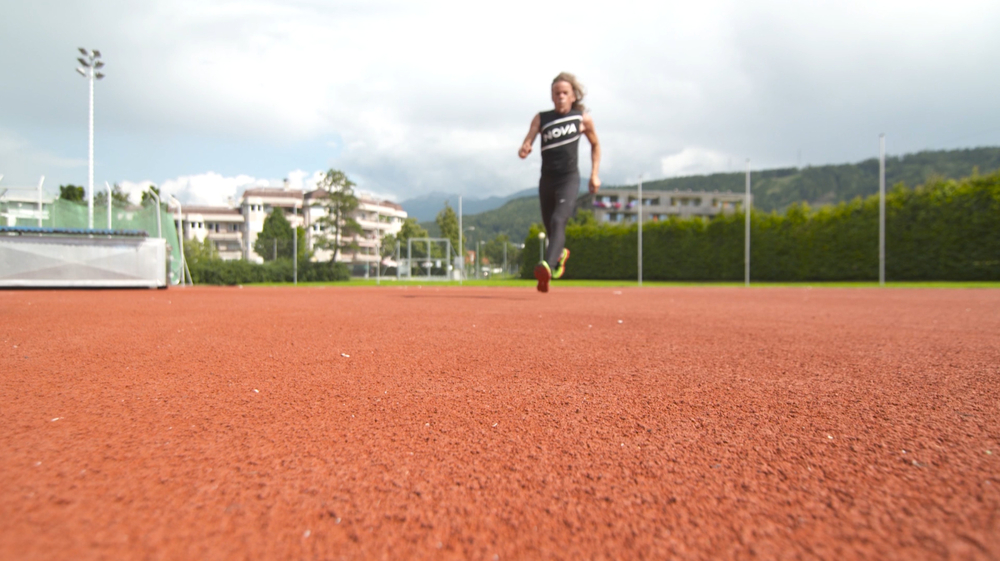
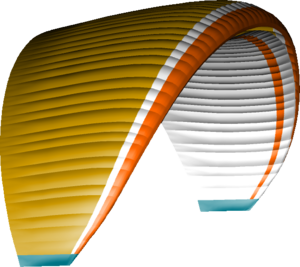 Gold
Gold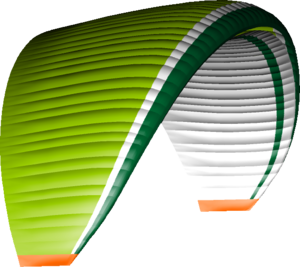 Lime
Lime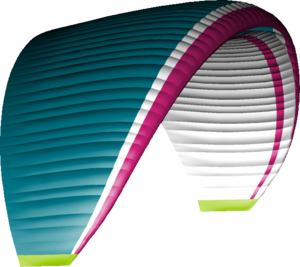 Petrol
Petrol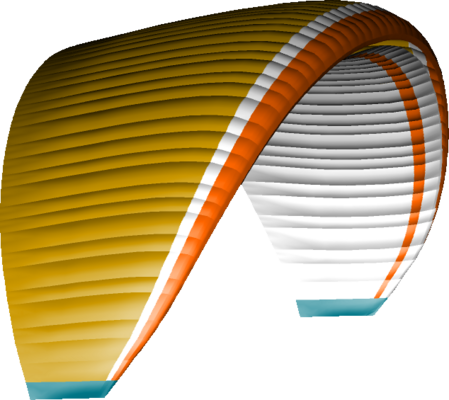







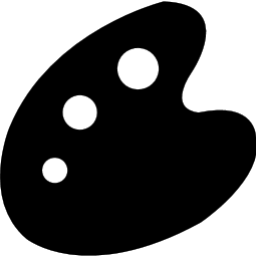

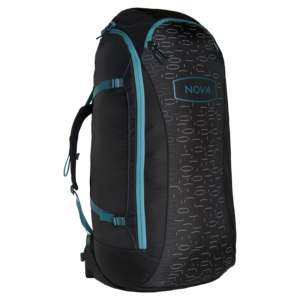 NOVA Rucksack.
NOVA Rucksack.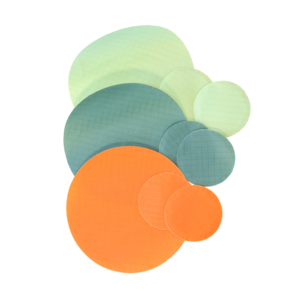 Repair kit.
Repair kit.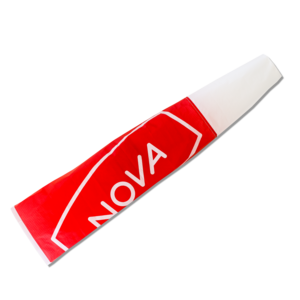 NOVA windsock.
NOVA windsock.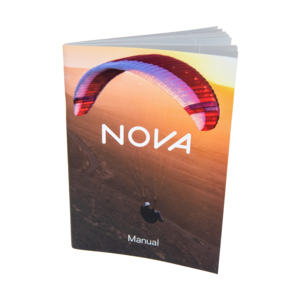 Manual.
Manual.